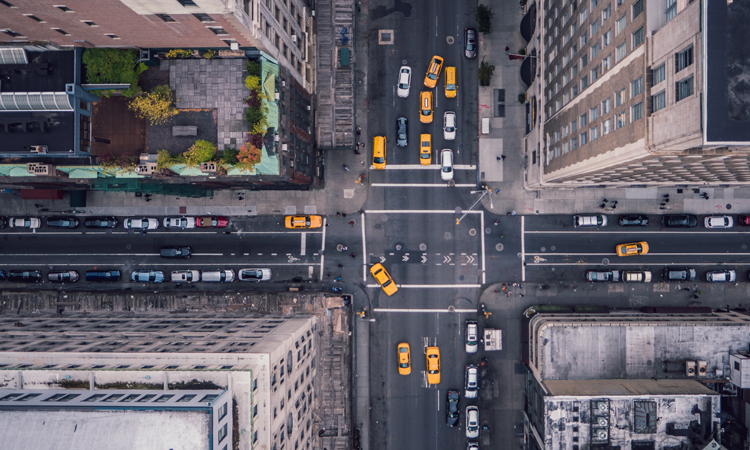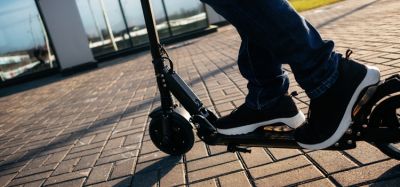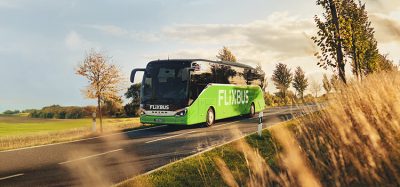Should London copy New York’s model for open data?
- Like
- Digg
- Del
- Tumblr
- VKontakte
- Buffer
- Love This
- Odnoklassniki
- Meneame
- Blogger
- Amazon
- Yahoo Mail
- Gmail
- AOL
- Newsvine
- HackerNews
- Evernote
- MySpace
- Mail.ru
- Viadeo
- Line
- Comments
- Yummly
- SMS
- Viber
- Telegram
- Subscribe
- Skype
- Facebook Messenger
- Kakao
- LiveJournal
- Yammer
- Edgar
- Fintel
- Mix
- Instapaper
- Copy Link
Posted: 20 December 2018 | Intelligent Transport | No comments yet
Gathering and analysing driver, resident and empty-vehicle data in London could offer helpful suggestions on how to reduce the city’s congestion and pollution.


London could greatly reduce congestion if the city emulated the New York model for open data, claimed Karhoo.
By taking advantage of New York’s publicly-available anonymised data, the company was able to identify the impact of taxis and private-hire vehicles (PHVs) on traffic flows, congestion and pollution. By analysing traffic flows in real time, Karhoo gained key insights that could help the city tackle these pressing issues.
In its submission to the Greater London Authority’s (GLA) investigation, it was suggested that the opportunity should be considered by Transport for London (TfL).
Karhoo said: “The use of technology to provide data that could provide visualisation and other tools to identify the impact of taxis and PHVs on traffic flows, congestion and even pollution appears not really to have been considered, yet we are in an age and in an industry where technology is ubiquitous. We would point to the TPEP/LPEP75 data that is publicly available to anyone in New York City.”
The tech firm, which has over 1 million licensed taxis and cars worldwide, urged TfL to emulate New York’s model in a move it suggests would be quick and relatively low-cost considering almost every licensed vehicle is connected to tracking systems already.
London authorities have been considering reducing the number of PHVs and taxis in the city to reduce congestion and therefore pollution – which poses a serious health problem in the capital. However, Karhoo maintained that using taxis and PHVs to augment public transport would provide a much more substantive solution. Collecting data about travellers’ habits, and empty and occupied vehicles will settle the argument for good, claimed Karhoo.
Karhoo co-CEO, Nicolas Andine, said: “New York has led the way on this. By making its data publicly available, The Big Apple was able to see traffic flows in real time showing them how improvements could be made. By following New York’s lead and seizing this opportunity, London can quickly become smarter, safer and healthier, and see the untapped benefits of greater use of taxis and private-hire vehicles.”
Related topics
Air Quality
Related cities
London, United Kingdom
Related organisations
Greater London Authority, Karhoo
Related people
Nicolas Andine








